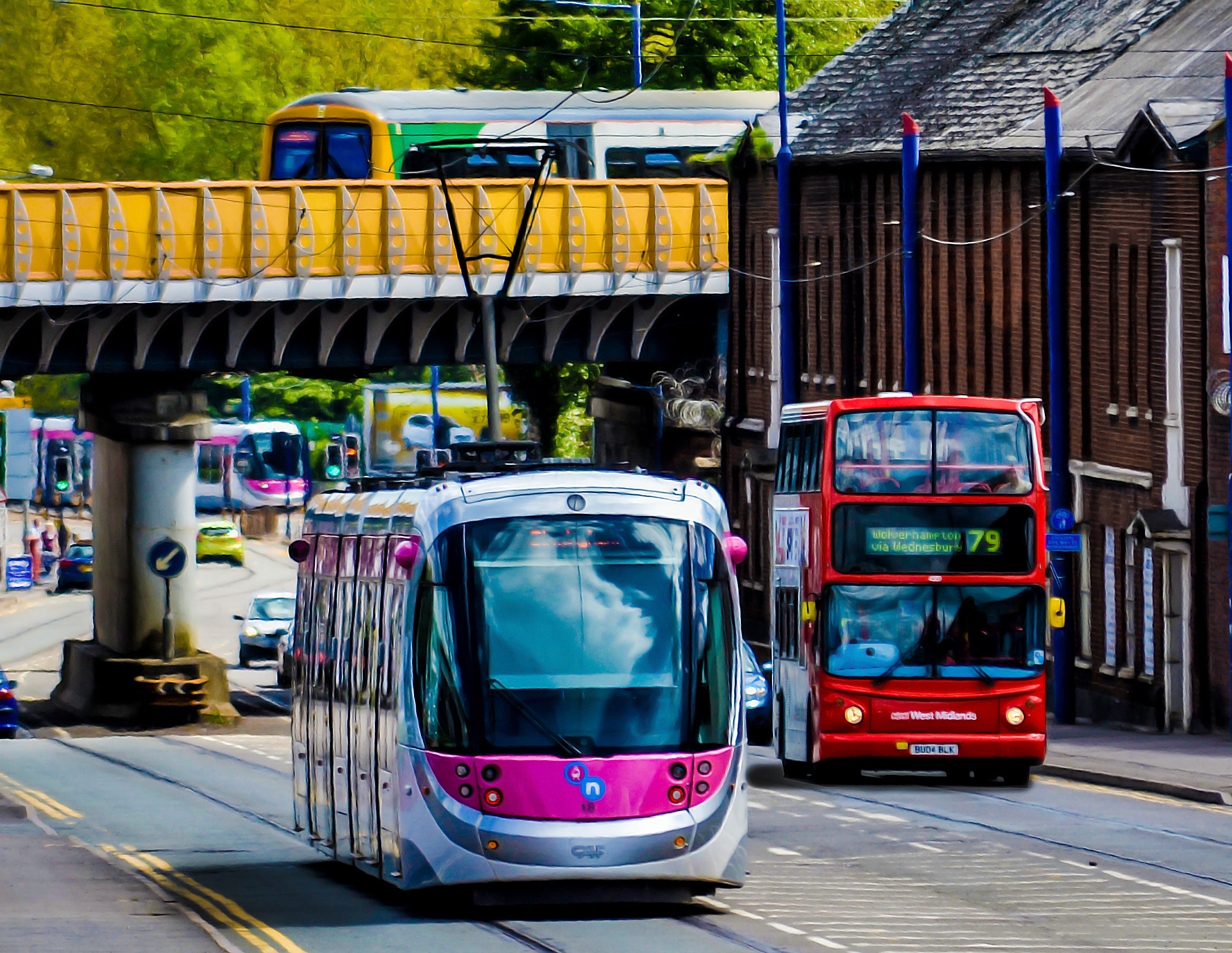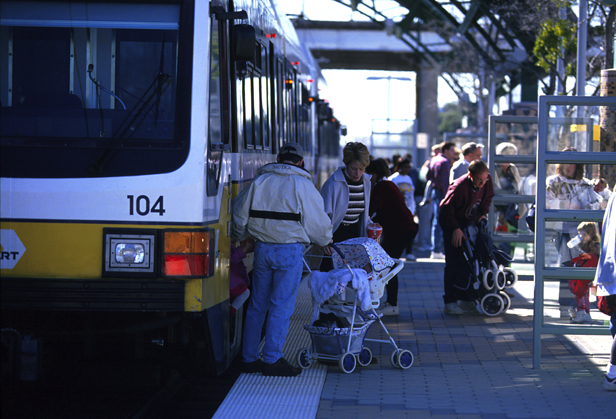“Technology is evolving at such a rapid pace that we don’t know what’s going to happen in three months, six months or even a year. But transit operators that adopt a mobile-first infrastructure will be well placed to capitalise on new technologies as they emerge and stay at the forefront of innovation. A mobile-driven strategy that meets the needs of commuters will require deeper, increased commitment from the transit sector. A physical gate at a station might need to be fixed now and then when it malfunctions, but app performance is constant and requires continual updates and maintenance. 2018 will be a catalyst year for mobile in the transit sector, with more cities adopting mobile technology, and setting an example for other markets to follow suit, said Spogis.
Upon the evolution of commuter credentials, he added “In 2018, we’ll continue to see the digitisation of commuter credentials for entering and exiting a station. Over time, mobile will become much more than a mechanism for entry and exit. Much like we’re already seeing with other consumer-facing applications, we can expect to see transit apps leverage the power of AI and machine learning to become smarter and more personalised, understanding a traveler’s usual routes, anticipating issues that may affect a journey, and proactively serving up solutions based on that individual’s preferences and behaviours. AI-driven chatbots within a mobile app could also help guide travelers and answer routine questions and common queries, reducing the strain on transit staff and speeding up the pathway to resolution for commuters.”
Spogis’ spoke about looking beyond the apps “Mobile is about far more than app usage – it’s a technology enabler in and of itself. From Bluetooth to NFC to soundwaves, mobile strategies don’t have to center solely around app downloads and uptake. A barcode sent via SMS could easily take the place of a paper ticket. This sort of broad thinking will enable transit operators to address the needs of various demographics and cater to individual preferences. In the year ahead, operators that implement mobile effectively will be ones that build an integrated strategy that leverages the total mobile ecosystem.”
Cubic’s director of mobile shares predictions for 2018
Robert Spogis, Cubic’s director of mobile shared his 2018 predictions on how the transport sector will be transformed through the adoption of a mobile infrastructure as its popularity grows and how transit apps will leverage AI/machine learning to provide more personalised commuter experiences. In addition, he estimated that mobile technology such as Near Field Communications and Bluetooth will provide simpler and more intuitive ticketing methods than traditional paper tickets.
Robert Spogis, 378 Cubic’s director of mobile shared his 2018 predictions on how the transport sector will be transformed through the adoption of a mobile infrastructure as its popularity grows and how transit apps will leverage AI/machine learning to provide more personalised commuter experiences. In addition, he estimated that mobile technology such as Near Field Communications and Bluetooth will provide simpler and more intuitive ticketing methods than traditional paper tickets.











